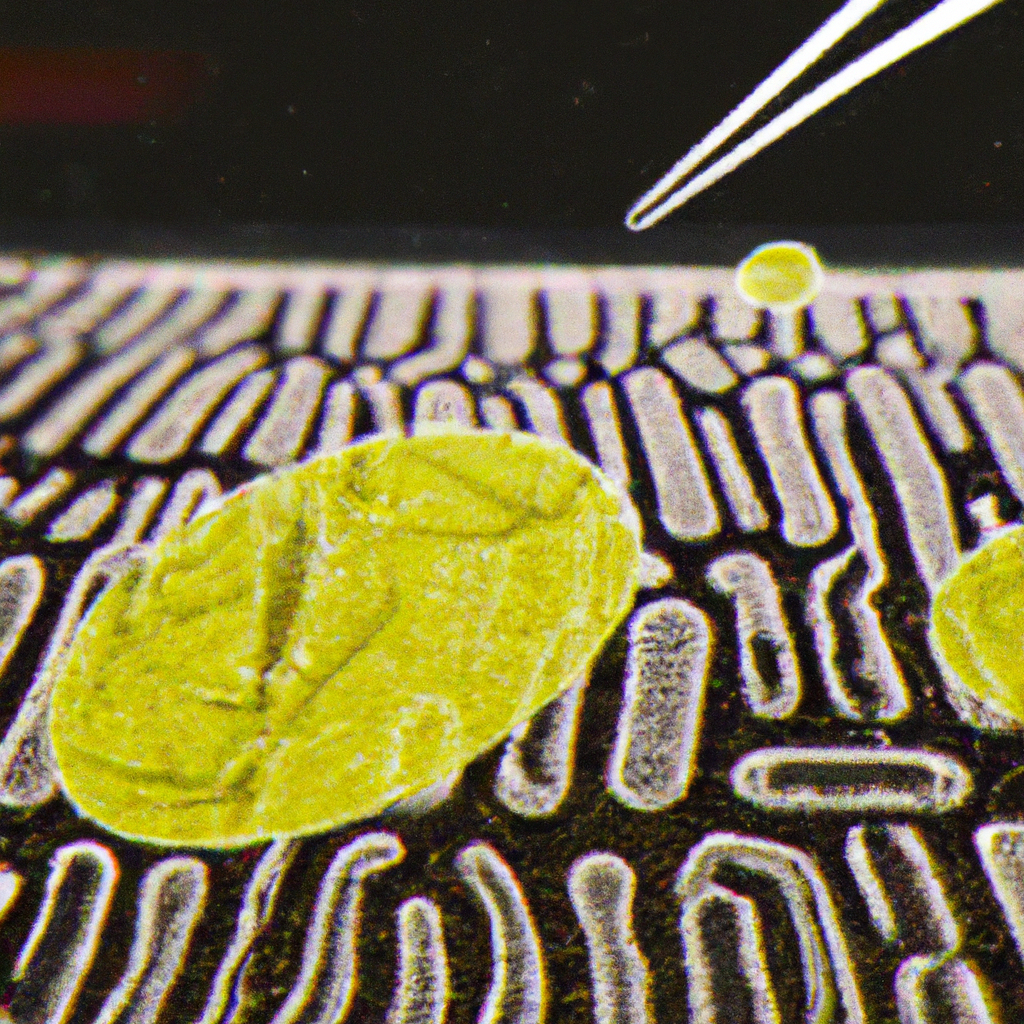-
Reading Roadmap
- Regulation of β-Cell Identity and Function by Hypusinated Eukaryotic Initiation Factor 5A
- Key Takeaways
- Introduction: Unraveling the Role of eIF5A Hypusination in β-Cell Function
- Understanding eIF5A Hypusination
- eIF5A Hypusination and β-Cell Function
- Therapeutic Potential of Targeting eIF5A Hypusination
- FAQ Section
- What is eIF5A hypusination?
- How does eIF5A hypusination affect β-cell function?
- Can targeting eIF5A hypusination be used to treat diabetes?
- What are the potential risks of targeting eIF5A hypusination?
- What is the current state of research on eIF5A hypusination and β-cell function?
- Conclusion: The Future of eIF5A Hypusination Research
- Further Analysis
Regulation of β-Cell Identity and Function by Hypusinated Eukaryotic Initiation Factor 5A

[youtubomatic_search]
Key Takeaways
- Hypusinated eukaryotic initiation factor 5A (eIF5A) plays a crucial role in the regulation of β-cell identity and function.
- Disruption in the hypusination of eIF5A can lead to β-cell dysfunction and the development of diabetes.
- Research has shown that eIF5A hypusination is essential for maintaining β-cell identity and insulin secretion.
- Targeting the hypusination pathway could provide a new therapeutic approach for treating diabetes.
- Further research is needed to fully understand the mechanisms behind eIF5A hypusination and its role in β-cell function.
Introduction: Unraveling the Role of eIF5A Hypusination in β-Cell Function
The regulation of β-cell identity and function is a complex process that involves numerous factors. One such factor that has recently gained attention is the hypusinated eukaryotic initiation factor 5A (eIF5A). This protein, which undergoes a unique post-translational modification known as hypusination, has been found to play a crucial role in maintaining β-cell identity and insulin secretion. Disruption in the hypusination of eIF5A can lead to β-cell dysfunction and the development of diabetes, a chronic disease that affects millions of people worldwide.
Understanding eIF5A Hypusination
eIF5A is the only known protein to undergo hypusination, a modification that involves the addition of a hypusine group. This process is catalyzed by two enzymes, deoxyhypusine synthase (DHS) and deoxyhypusine hydroxylase (DOHH). The hypusination of eIF5A is essential for its activity and has been linked to various cellular processes, including protein synthesis, cell growth, and apoptosis.
eIF5A Hypusination and β-Cell Function
Recent research has shown that eIF5A hypusination is crucial for maintaining β-cell identity and function. In a study published in the journal Cell Metabolism, researchers found that the disruption of eIF5A hypusination in β-cells led to a loss of β-cell identity, reduced insulin secretion, and the development of diabetes in mice. This suggests that the hypusination of eIF5A plays a key role in regulating β-cell function and glucose homeostasis.
Therapeutic Potential of Targeting eIF5A Hypusination
The findings on eIF5A hypusination and β-cell function have significant implications for the treatment of diabetes. By targeting the hypusination pathway, it may be possible to restore β-cell function and improve glucose control in individuals with diabetes. However, further research is needed to fully understand the mechanisms behind eIF5A hypusination and its role in β-cell function, and to develop safe and effective therapies based on this pathway.
FAQ Section
What is eIF5A hypusination?
eIF5A hypusination is a unique post-translational modification that involves the addition of a hypusine group to the eIF5A protein. This process is essential for the activity of eIF5A and has been linked to various cellular processes.
How does eIF5A hypusination affect β-cell function?
Research has shown that eIF5A hypusination is crucial for maintaining β-cell identity and insulin secretion. Disruption in the hypusination of eIF5A can lead to β-cell dysfunction and the development of diabetes.
Can targeting eIF5A hypusination be used to treat diabetes?
Targeting the hypusination pathway could potentially be used to restore β-cell function and improve glucose control in individuals with diabetes. However, further research is needed to develop safe and effective therapies based on this pathway.
What are the potential risks of targeting eIF5A hypusination?
While targeting eIF5A hypusination holds promise for the treatment of diabetes, it is important to note that this pathway is also involved in other cellular processes. Therefore, therapies based on this pathway could potentially have side effects. Further research is needed to fully understand these risks.
What is the current state of research on eIF5A hypusination and β-cell function?
Research on eIF5A hypusination and β-cell function is still in its early stages. While recent studies have provided valuable insights into the role of eIF5A hypusination in β-cell function, much remains to be learned about the mechanisms behind this process and its potential as a therapeutic target.
Conclusion: The Future of eIF5A Hypusination Research
The regulation of β-cell identity and function by eIF5A hypusination represents a promising new avenue for diabetes research. The findings to date suggest that targeting the hypusination pathway could potentially be used to restore β-cell function and improve glucose control in individuals with diabetes. However, much remains to be learned about the mechanisms behind eIF5A hypusination and its role in β-cell function. As research in this area continues, it is hoped that it will lead to the development of new, effective therapies for diabetes.
[youtubomatic_search]
Further Analysis
While the role of eIF5A hypusination in β-cell function is a relatively new area of research, it is clear that this process plays a crucial role in maintaining β-cell identity and insulin secretion. The potential of targeting the hypusination pathway for the treatment of diabetes is exciting, but further research is needed to fully understand the mechanisms behind this process and to develop safe and effective therapies. As we continue to unravel the complexities of β-cell function, it is hoped that this research will lead to new insights into the pathogenesis of diabetes and the development of novel therapeutic strategies.

Leave a Reply